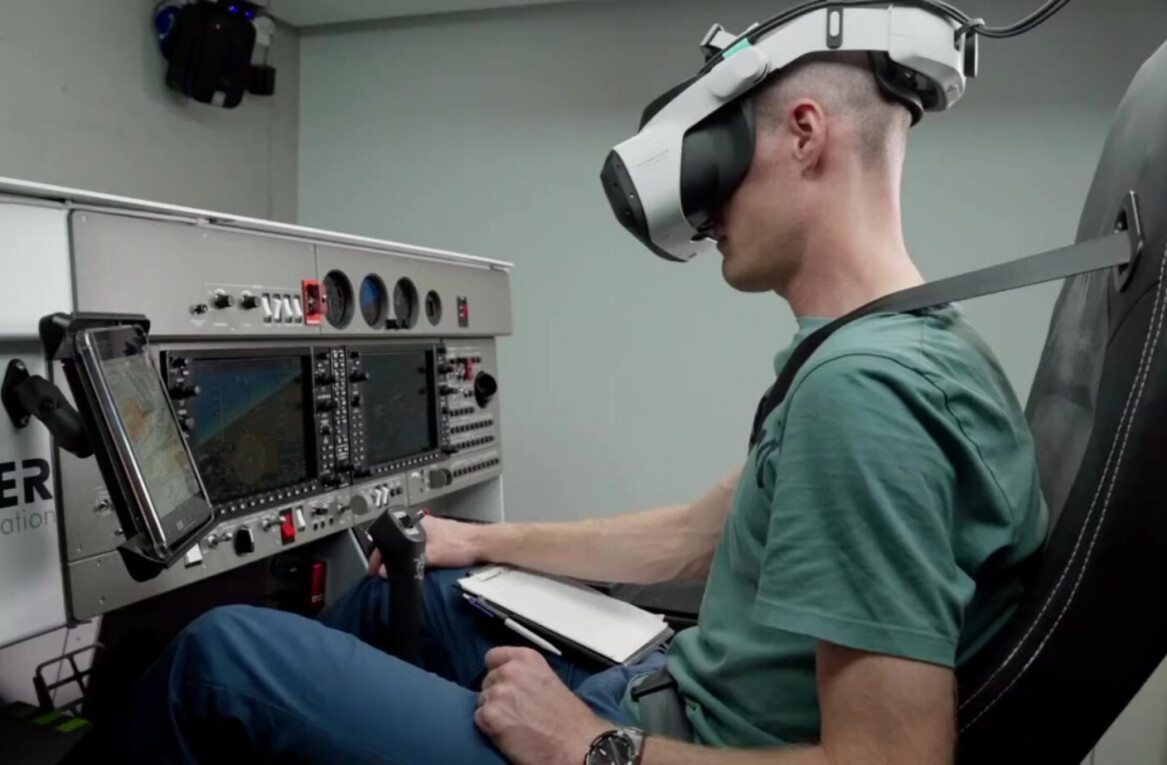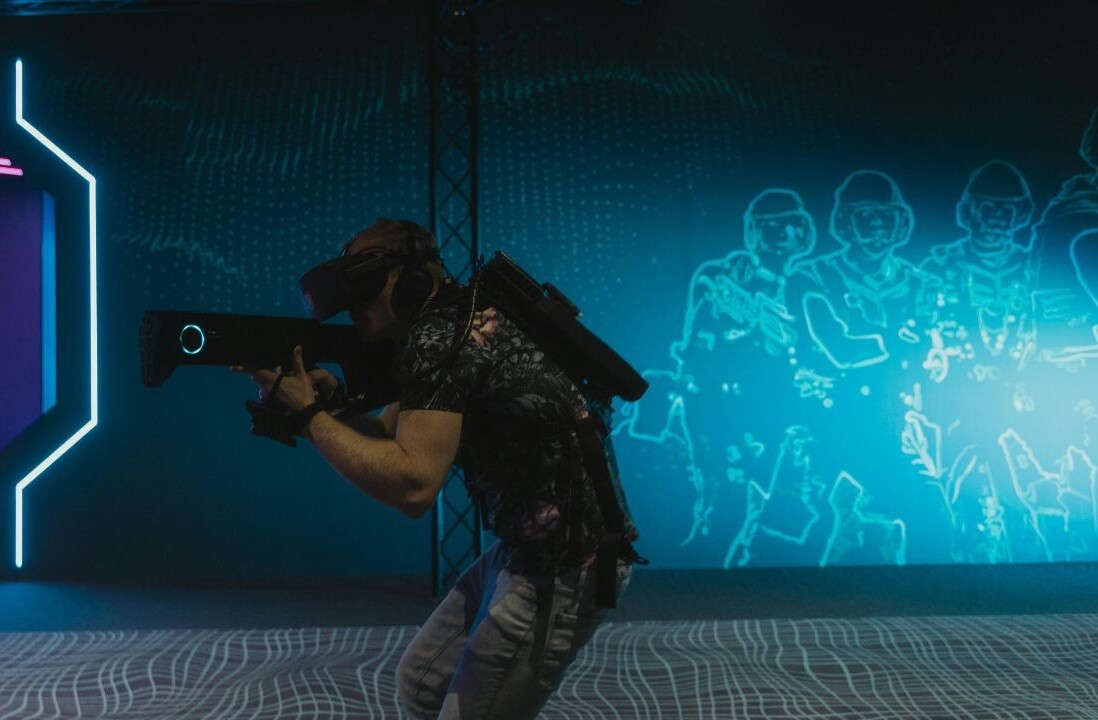While waiting to board a plane on a recent trip out of town, an airline staff member asked me to momentarily take off my face mask to allow the facial recognition technology to check me in to expedite my boarding process. I was taken aback by the bluntness of the request — I did not want to take my mask off in such a crowded space and I had not given permission to have my face scanned.
While this encounter felt like an invasion of my privacy, it also got me thinking about other biometric recognition devices which, for better or worse, are already integrated into our everyday lives.
There are obvious examples: fingerprint scanners that unlock doors and facial recognition that allows payment through a phone. But there are other devices that do more than read an image — they can literally read people’s minds.
Humans and machines
My work explores the dynamics of how humans interact with machines, and how such interactions affect the cognitive state of the human operator.
Researchers in human factors engineering have recently focused their attention on the development of machine vision systems. These systems sense overt biological signals — for example, the direction of eye gaze or heart rate — to estimate cognitive states like distraction or fatigue.
A case can be made that these devices hold undeniable benefits in certain situations, such as driving. Human factors like distracted driving, which ranks among the top contributors of road fatalities, could be all but eliminated following an adequate introduction of these systems. Proposals to mandate the use of these devices are being introduced worldwide.
A different yet equally important application is the one proposed by none other than Elon Musk’s Neuralink corporation. In a December 2021 appearance at the Wall Street Journal‘s CEO Council Summit, Musk portrayed a very-near future where brain implants will help patients suffering from paralysis regain control of their limbs through a brain implant.
While the concept and, in fact, the reality of brain-computer interfaces has existed since the 1960s, the thought of an implanted device having direct access to the brain is disconcerting, to say the least.
It’s not only these devices’ ability to create a direct bridge between the human brain and the outside world that frightens me: what will happen to the data being harvested and who will have access to it?
Cognitive freedom
This opens up the question of what, in regard to neuroethics — the body of interdisciplinary studies exploring the ethical issues related to neuroscience — is referred to as cognitive freedom.
Italian cognitive scientist Andrea Lavazza defines cognitive freedom as “the possibility of elaborating one’s own thoughts autonomously, without interference, and of revealing them totally, partially or not at all on the basis of a personal decision.” Cognitive freedom is brought to the forefront when technology has reached a point where it can monitor or even manipulate mental states as a means of cognitive enhancement for professionals like physicians or pilots.
Or mind control for convicted criminals — Lavazza suggests that “it would not be so strange for the criminal system to require a person convicted of a violent crime to undergo [a brain implant] so as to control any new aggressive impulses.”
The ramifications that the development and deployment of biological sensors and devices like brain-computer interfaces have on our lives are at the center of the debate. Not only in neuroethics, which is witnessing the formation of neuro-rights initiatives worldwide, but also across the broader civil spectrum where it is being debated whether actions undertaken with an implant ought to be governed by the same laws ruling conventional bodily movements.
Personally, I will need to take some more time weighing the pros and cons of biological sensors and devices in my everyday life. And if I am asked for permission to have my face scanned to expedite boarding a plane, I will respond with: “Let’s do it the old-fashioned way, I don’t mind waiting.”![]()
Article by Francesco Biondi, Associate Professor, Human Systems Labs, University of Windsor
This article is republished from The Conversation under a Creative Commons license. Read the original article.
Get the TNW newsletter
Get the most important tech news in your inbox each week.





